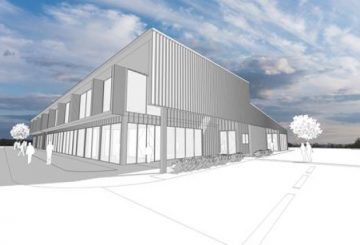オークランド空港は、国内線と国際線の送迎、チェックイン、手荷物の預け入れを1か所にまとめた新しいターミナルを建設中です。ただし、この建設により、2029年にプロジェクトが完了するまで、年間最大2,000万人の旅行者に混乱が生じる可能性があります。この約40億ドルのプロジェクトは、1966年に初めて開設された空港の旧国内線ターミナルに取って代わるものです。
オークランド空港の最高顧客責任者であるスコット・タスカー氏によると、新しいターミナルは豪華ではないが、基本に重点を置く予定だという。新しい建物は国内線ターミナルと国際線ターミナルをつなぐもので、旅行者は空港を離れることなく国内線と国際線の乗り換えができます。新しいキオスクと自動手荷物預け機により、国際線と国内線の両方の乗客が同じ場所でチェックインできるようになります。
新しいターミナルでは、旅行者のナビゲーションが改善され、座席エリアが増え、電話充電ステーションが増え、バスルーム設備が改善され、航空会社がピーク時にフライトを追加できるようになります。しかし、Taskerは、建設が進行している間、今後5年間は混乱が生じるだろうと警告しています。それでもなお、同氏は空港がこれらの混乱を最小限に抑えるために懸命に取り組んでいることを保証し、お客様の忍耐を求めています。最終結果は待つだけの価値があると約束しています。
オークランド空港が効率的な国内線ターミナルを持つためには、2029年に開業予定の新しいターミナルが必要です。ターミナル自体の費用は 22 億ドルで、飛行場のアップグレードを含む関連工事には約 17 億ドルの費用がかかりました。高額な費用にもかかわらず、このターミナルは同規模の国際線ターミナルに匹敵するとTasker氏は言います。また、国内線の料金は、2027年までに乗客1人あたり10.25ドルから15.45ドルに引き上げられると述べています。これはニュージーランドの他の主要空港と同様です。
昨年、暴風雨の際にひざまずくほどの洪水により、空港の国内線ターミナルは深刻な被害を受けました。これに対応して、将来的な被害を防ぐため、境内北部の雨水の大幅な改修が行われました。
プロジェクトディレクターのアイザック・テイラーによると、新しいターミナルの最大の特徴は見えなくなるという。たとえば、新しい手荷物システムでは、乗客の手荷物や航空機への積み込みの効率が大幅に向上するでしょう。新しいターミナルでは、一般的なコンベアベルトよりも高速で詰まりにくい「個別配送システム」が採用されます。
現在のターミナルでは毎日約 15,000 人の乗客しか利用できませんが、新しいターミナルでは、この収容人数を 26% 増の 1 日あたり約 20,000 人に増やす予定です。新しいターミナルの建設工事は 2024 年後半に開始される予定です。





























































